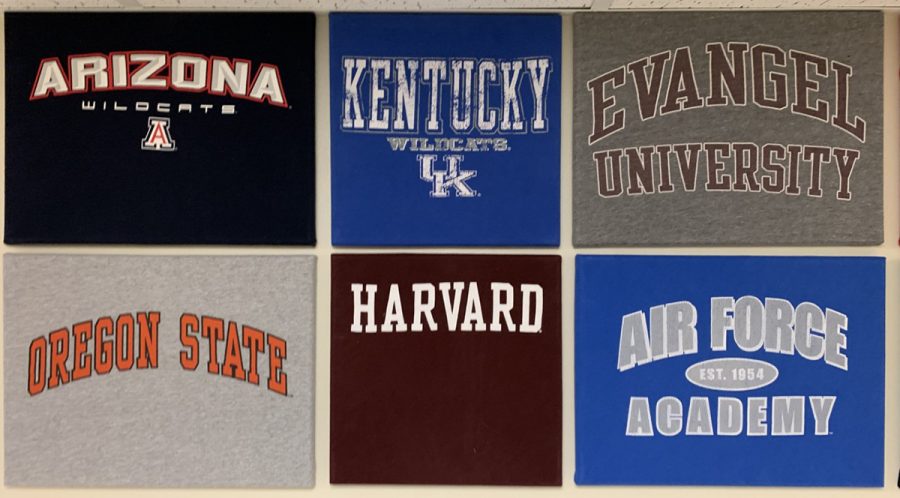During the Civil Rights Movement, President John F. Kennedy signed an executive order in 1961 mandating the government to “take affirmative action to ensure that applicants are employed and that employees are treated during employment without regard to their race, creed, color, or national origin.” Now, affirmative action attempts to level the playing field and give equal opportunities to historically disadvantaged minorities in education and in the workforce.
While opponents of affirmative action say it decreases equity because of higher standards put on some racial groups, it is imperative that colleges consider race in their admissions to ensure diversity. Race should, however, play a reduced role in acceptance, and instead be a way to understand an applicant in a holistic context.
The controversy surrounding affirmative action has persisted for decades. In 2016 the U.S. Supreme Court decided Fischer v. University of Texas (UT), in which Abigail Fischer claimed she was treated unfairly in the college admissions process and UT violated her 14th Amendment right of equal protection, arguing the school accepted less qualified minority students ahead of her. The Supreme Court ruled in favor of the university, upholding affirmative action.
In 2014, the advocacy group Students for Fair Admissions sued Harvard for discrimination against Asian applicants. The case made it to the U.S. District Court for the District of Massachusetts, where a judge said Harvard had not violated the plaintiffs’ rights as the school did not use unconstitutional race quotas but instead used race as one part of the holistic review.
Diversity in institutes of higher education is incredibly valuable, and the consideration of one’s ethnicity is crucial to protecting this. A campus that represents America’s whole populous better prepares all students for the “real” world. Additionally, race-conscious admissions allow colleges to counteract inequalities in the K-12 education system. For example, Jay Rosner of the Princeton Review said the SAT is biased toward white students, which admissions officers could consider when comparing applications. In order for a question to be acceptable for a version of the test, the percentage of students who answer correctly based off of demographics must match historical trends. If high-scoring test-takers—who are historically more likely to be white—answer a question correctly, it’s deemed a good question. But, if not, test-makers throw out the question, entrenching racial bias in the test.
“Race and ethnicity are not considered explicitly,” Rosner wrote, “but racially disparate scores drive question selection, which in turn reproduces racially disparate test results in an internally reinforcing cycle.”
Schools should be careful not to go too far in their quest for equality and check they don’t unintentionally abuse the policy to set a number of people from any one ethnic group per year. Although race can be important in understanding the circumstances of one’s background, colleges should not go so far as to admit less qualified students because of their skin color.
Race should not be the sole factor in determining the context of an application. Instead, ethnicity ought to be coupled with socioeconomic standing. Under a purely race-based system, a white or Asian low-income student may not have the circumstances of his or her upbringing accurately represented, which is counterproductive to the purpose of affirmative action. Colleges should continue to consider race in admissions; however, it should never be the determining factor in whether they admit a student or not. Admissions officers should instead use it as a tool to help fully understand an applicant’s background and to ensure they are not unintentionally discriminating against minority students.
How do you think race should factor into admissions? Let us know in the comments below.














































































